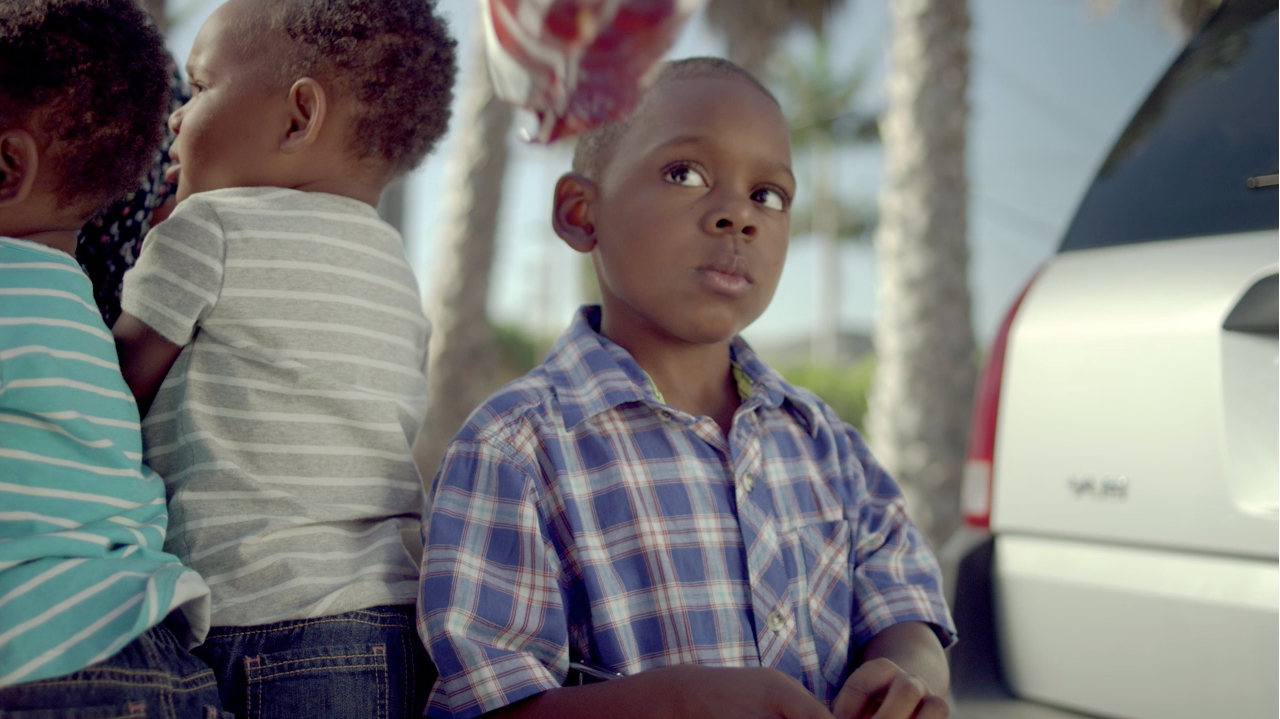Order of Operations:
- Match shots within scenes
- Create your look
- Use windows and qualifiers/keys to fix specific problems & distractions
Especially when you have a time limited session with a client sitting in, but even on your own time, following this order will help make sure that you’ll finish the session on time and with a finished product. If you spend all you time completely grading one scene or shot at a time, when you get to the end of your session you might have whole scenes that haven’t even been matched yet. If you go through the whole piece and match all the shots within all the scenes, then even if you end right there and don’t get to create and apply the look, you’ll have a well balanced piece that will edit well and look, if not “great,” then at least passable.
Now, unless you seriously under-budget the time, you’ll probably get past the matching pass to the look pass. The concept still applies for applying the look for each scene across the whole piece (so every scene gets its look without spending too much time on a few shots). After that, you can go back and apply specific fixes and adjustments: his face is too dark, that shirt’s way too red, those flowers don’t “pop” enough, etc.
You’ll have a happy client because the whole piece is finished, and if you work quick enough, you might even have time to fully “craft” those problem shots just the way you want.



12/04/2013, 8:32 am
Hi aaron
How do you end up matching contrast between scenes and keeping consistency through out the film